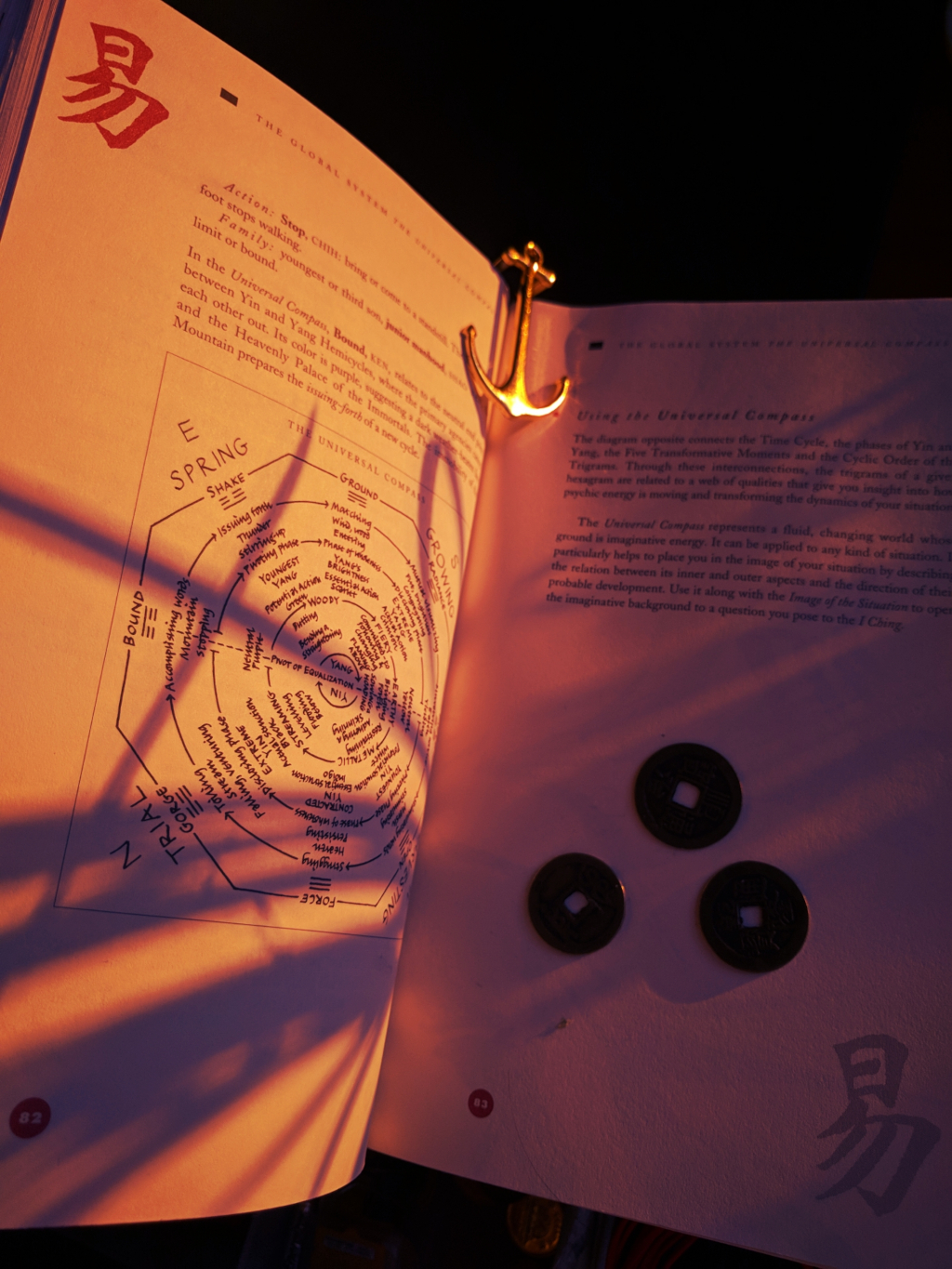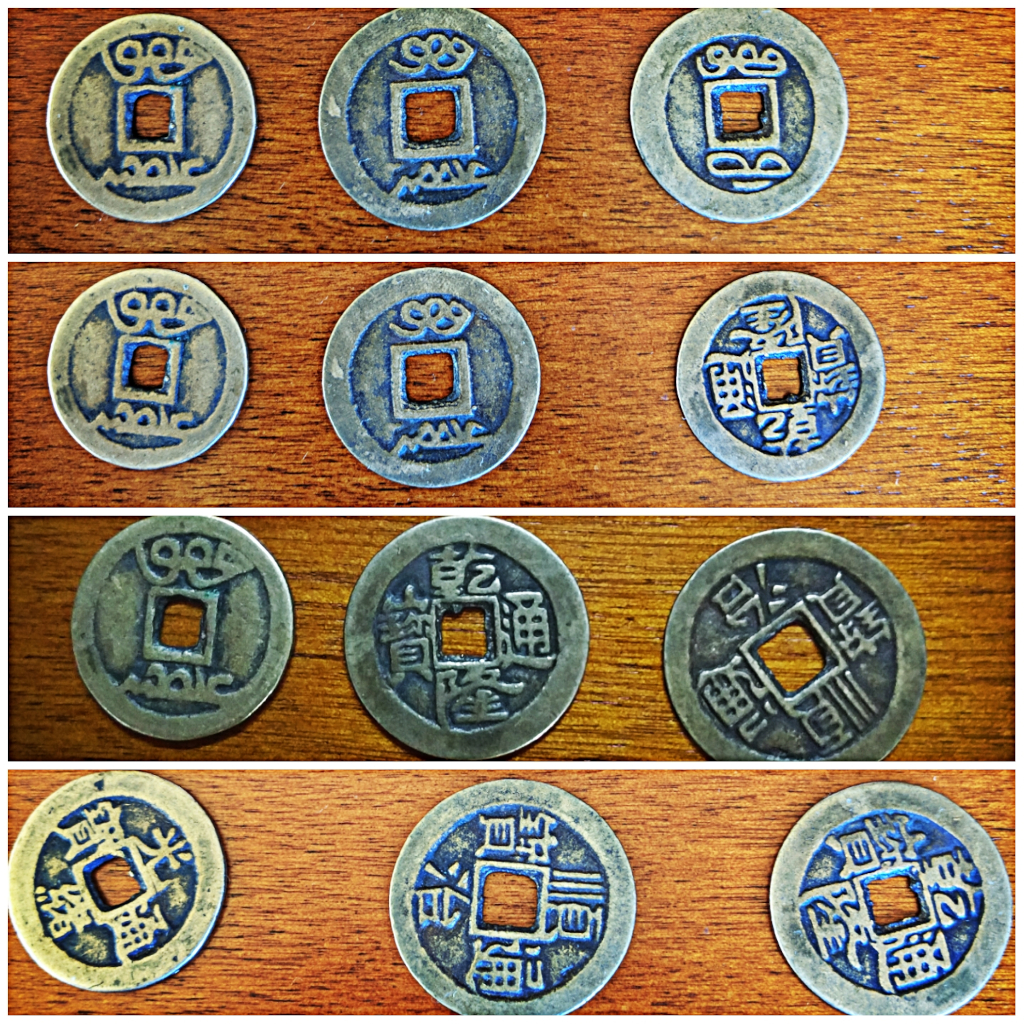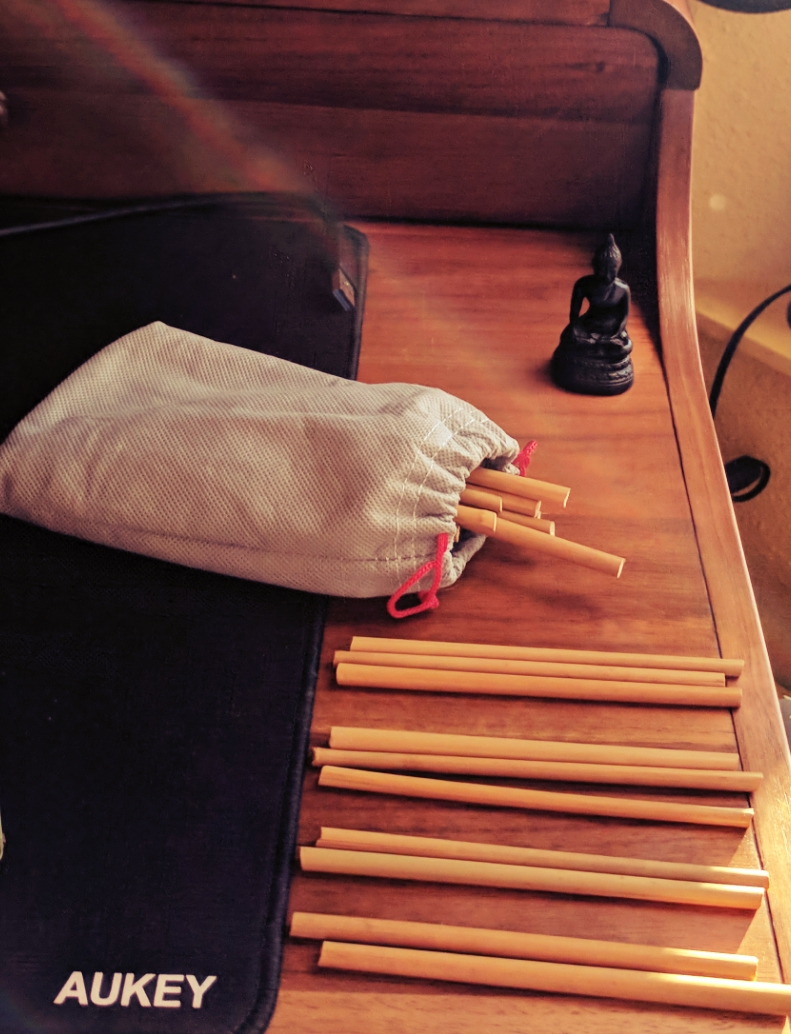Consulting an oracle- Tools of the trade
How do you consult an oracle? In particular, how do you consult the ancient Chinese oracle of changes called I (popularly known in the west as the I Ching)? I am using the Ritsema and Karcher’s (1995) translation of the I Ching, which details the philosophy, methods, and methodology of asking a question to the oracle.
Introduction: A question for the oracle.
Background: The I Ching as a tool for divination
Apparatus: Tools of the trade
Design: How do you use it?
The research question: How will we end the pandemic?
Results and Interpretation: What did the oracle tell me?
Summary and Discussion: The I Ching, what is it good for?

Contacting esoteric forces in the collective unconscious is not all that different from contacting digital forces in the Internet. You’ll need some equipment to access the inner and outer forces influencing a situation that you would like resolved. You will also need a language, a set of symbols or code, and procedures to communicate with the “spirits.” Think of the oracle as the great search engine of the collective unnconscious. Once you have access, you can explore your situation from a higher level of awareness until you get an answer to your question that is in accordance with the stream and flow of the tao- the universal chaos in the stream of events.
There are two methods an inquirer/diviner can use to ask a question from the I oracle. I have used both methods: coins and sticks.
The coin method uses a set of three coins to question the oracle and receive an answer. According to Ritsema and Karcher’s (1995), this method was popularized in the Southern Sung period (1127-1279). The procedure is quick because it simply requires that you throw the set of three coins six times. Each time that your throw the coins you get a line based on whether the coins landed heads or tails. There are several possible combinations each time you throw the three coins:
Heads x heads x heads
Heads x heads x tails
Heads x tails x tails
Tails x tails x tails

Each combination represents a line that makes up a hexagram once you have thrown the coins six times. This hexagram provides the answer to your query. This method is fast , but according to Ritsema and Karcher’s (1995), it suffers from an asymmetrical mathematical bias. I’ve used this method with the help of some old coins that a friend of mine brought me from a market in Hong Kong.
The second method is more ancient and relies on yarrow sticks. I had read somewhere that originally, the diviners used animal or even human bones to consult the oracle. This later changed to the less creepy yarrow sticks, which are usually 12-18 inches long. As I didn’t have any yarrow plants around, I went to Chinatown and purchased several long and thin bamboo sticks. I cut the long stalks into 50 pieces, which is the number required for the divination procedure.
Ritsema and Karcher’s (1995) indicate that the stick method is preferred because even though it is also mathematically asymmetrical, it more closely resembles the dynamic relationship between the impetus towards stability (yin) and the drive towards transformation (yang). Moreover, the procedure takes longer to complete, as the practitioner divides the stalks into groups several times until a hexagram is produced. So it gives the practitioner more time to reflect and meditate on the question he/she is asking. This my preferred method, even though it is more elaborate and time-consumming than the coin method.

What exactly is a hexagram? The answer is not straightforward, as it requires getting into some of the nuts and bolts of taoist philosophy. So I will leave the explanation for a later day. Suffice it to say that the end goal of the divination process is to produce such a hexagram and interpret its meaning in relation to the question the inquirer has posed. Interpreting that meaning is as much a science as it is an art. Always fascinating.
Resource
Ritsema, R. and Karcher, S. (1995). I Ching: The classic Chinese oracle of change : the first complete translation with concordance. Ascona: Eranos Foundation.
Hi litguru,
Join the Curie Discord community to learn more.
Wonderful! Thank you!
Congratulations @litguru! You have completed the following achievement on the Hive blockchain and have been rewarded with new badge(s) :
Your next target is to reach 4000 upvotes.
You can view your badges on your board and compare yourself to others in the Ranking
If you no longer want to receive notifications, reply to this comment with the word
STOPCheck out the last post from @hivebuzz: